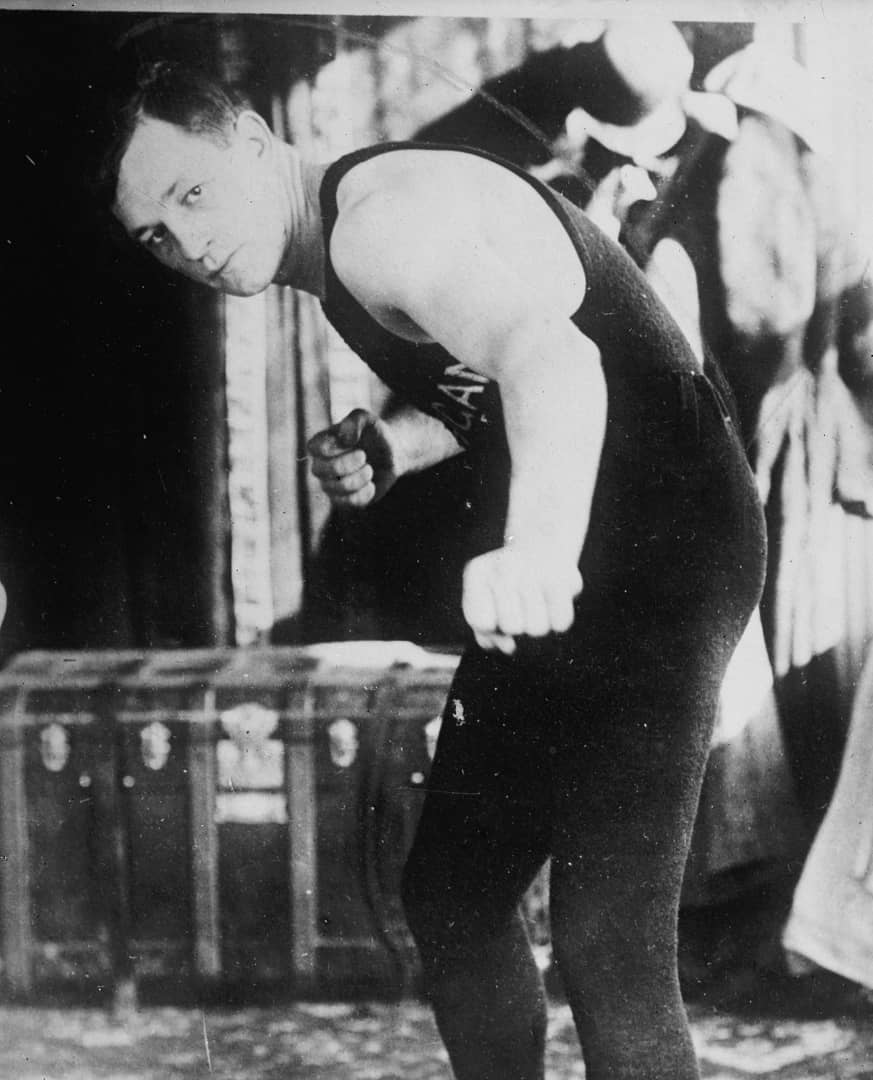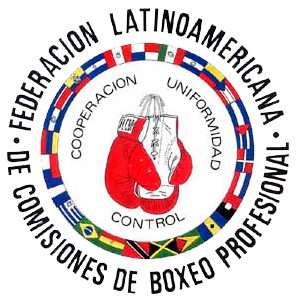A few days ago, in the superficial recounting of the history of the middleweight division, we tangentially alluded to one of the most brilliant names in that division, Stanley Ketchel. Since we believe that the character deserves more biographical-sporting lines, we threaded the paragraphs you are now reading to help fans know who he was to those who follow boxing.
Stanley Ketchel’s tempestuous and tragic life, which ended with his murder by a bullet at the age of 24 – in October it will be 113 years since the tragic event – is one of the most gripping and fascinating in the sports world and in any field, to such a degree that it could well serve as a model for a novel of the non-fiction genre. In fact, Ernest Hemingway, the great American writer and winner of the Nobel Prize for Literature in 1954, was inspired by it for one of his short stories.
We suppose that today’s fans know little or perhaps nothing about who Stanley Ketchel was, at 21 or 22 – his life and sporting career is full of inaccuracies and unconfirmed rumors – the youngest ever to become the world middleweight champion. In 1954 he was inducted into the International Boxing Hall of Fame in Canastota, New York.
His great battles
Ketchel (Grand Rapids, Michigan, 9/14/1886 – Springfield, Missouri, 10/15/1910), was considered to be the greatest middleweight of any time until the first five decades of the 20th century. Many years later he would be followed in history by aces such as Marvin “Marvelous” Hagler, Bernard “The Alien” Hopkins, Carlos “Escopeta” Monzon, Nino Benvenuti, although it is not irrelevant to add to that quartet the names of figures from different eras, such as Harry Greb, Nigel Benn, Emile Griffith, Gene Fullmer, “Sugar” Robinson, Jake LaMotta, Thomas Hearns, Gennady Golovkin (still active), Thomas Hearns, Roberto Durán, “Sugar” Leonard, Rodrigo Valdez, who gave and give prestige to the division, one of the 8 traditional boxing weights born in the 1840s ( fly, bantam, feather, light, welter, middle, light heavyweight and heavyweight).
An American southpaw fighter named Alexander Rudolph, who fought as Al McCoy, would reach the throne of the category on April 7, 1914 at a younger age than Ketchel (at 19 years and 6 months) with a 1 round KO over George Chip in Brooklyn. McCoy was champion until 1917, with only five title defenses. He left an unofficial record of 33-14-6, with 29 by KO.
Ketchel was also long ranked among the top 5 fighters of all time and is still considered among the 20-30 greatest stars of any division in boxing.
He was the son of Polish immigrants who arrived in the United States at the end of the 19th century and his real name was Stanislaw Keical. He came to boxing because of the vicissitudes suffered in his childhood, allegedly caused by the murder of his parents, a version never proven and which is presumed to have been spread by the boxer himself.
He would have been about 12 years old when he left his parents’ home. What is true is that he was then involved in minor mischief, in hundreds of street fights, moving from one place to another, with Montana as his first stop, and soon after that he stowed away in train cars until he was 16-17 years old.
He fought professionally between 1903 or 1904 and 1910. He made his debut against Kid Tracy on May 2, 03 or 04 (there is also no consensus among his biographers regarding the release date) and demolished him in the first round. After losing to Maurice Thompson in six rounds, he scored 34 knockouts, 3 draws and one more loss, again to Thompson. This Thompson, Kid Lee and Billy Papke would be the only middleweight boxers who could beat him and the 3rd one knocked him out in 12 and in what was a historic rivalry he defeated him in 3 of 4 other bouts, one of them for the second time by knockout.
The aggressiveness he displayed in the ring and his viciousness against his opponents earned him the well-deserved nickname of The Michigan Assassin. There were those who said that his fury in the ring came from the hatred stored by the humiliations suffered by his mother and that he saw in each rival the culprits of those offenses. It was also speculated that his fury was provoked by the not very credible murder” of his mother, Julia Keical.
A tragic end
As we noted earlier, no one had ever climbed to the 160-pound throne before him. He did it in 1907, that is, at the age of 21, or in 1908. Some chroniclers give the date of 2/9/07 when, after a draw 2 months earlier, he knocked out Joe Thomas in the 17th of a 32 round fight.
Other chroniclers point out as the date of his recognition as the best middleweight of the world was on February 22, 1908, when he knocked out Mike “Twin” Sullivan in one round. In his first defense, he defeated his twin, Jack “Twin” Sullivan, in 20 rounds, on September 7 of the same year, in an epic battle, to lose the title to Papke, his first defeat in 4 years…
In search of more money and greater glory, Ketchel dared to challenge heavyweight world champion Jack Johnson (his drinking and brawling friend), the first black man to be recognized as a heavyweight champion. He confronted him on October 16, 1909 in Colma, California, a challenge to which he came in at 180 pounds while the champion stopped the scales at about 30 pounds more. Other chroniclers claim that JJ came in about 22 pounds heavier than his opponent.
Ketchel surprised everyone by knocking down the “Galveston Giant” with a right to the chin in round 12. It was the swan song, because Johnson got up more furious than stunned and crushed the daredevil with a right and a left to the head and in the mouth. It was said that two or four of Ketchel’s teeth were embedded in JJ’s glove.
His last fight in the ring was in New York against Jim Smith on 10/06/10 and won by KO in five rounds. His final and unofficial record was 46 kos, 3 won on points, 4 draws, 2 lost by decision, 3 by KO and 4 no decision, according to Nat Fleischer’s book. Other publications give him 52 wins (49 by KO), 4 draws and 4 losses (in truth there were half a dozen, to Thompson (2), Kid Lee, Billy Papke, Jack Johnson and Sam Langford, this other famous heavyweight.
Those numbers do not include some 250 street and sordid bar brawls when he was a teenager and served as a “bouncer” – guards in bars who “quieted down” rowdy customers – in fights against opponents sometimes twice his age.
In addition to Johnson, he also traded blows in March 1910, as we said, with the legendary heavyweight, Sam Langford, who was avoided by the white mastodons for racist reasons and considered among the best heavyweights of any era. Langford beat Ketchel by a so-called “newspaper” decision.
Worn out by alcohol abuse, alleged opium abuse and endless nights out, he traveled in pursuit of recovery to the Conway ranch in Missouri owned by an old family friend, Colonel HP Dickerson. There, on October 15, 1910, in a confusing altercation involving jealousy, robbery and an angry argument, Walter Dipley, the partner of the cook named Goldie Smith, killed Stanley Ketchel with a .22 caliber shotgun blast through his back and through his right lung.
He died a few hours later in a hospital in Springfield, Missouri.
An anecdote is told that at his funeral a fan, among thousands, broke the mournful silence and shouted at the top of his lungs, as a last tribute to the boxing quality of the deceased and his colossal courage in and out of the ring: “Count him! You will see that he gets up at 8 seconds…Count him!”

















